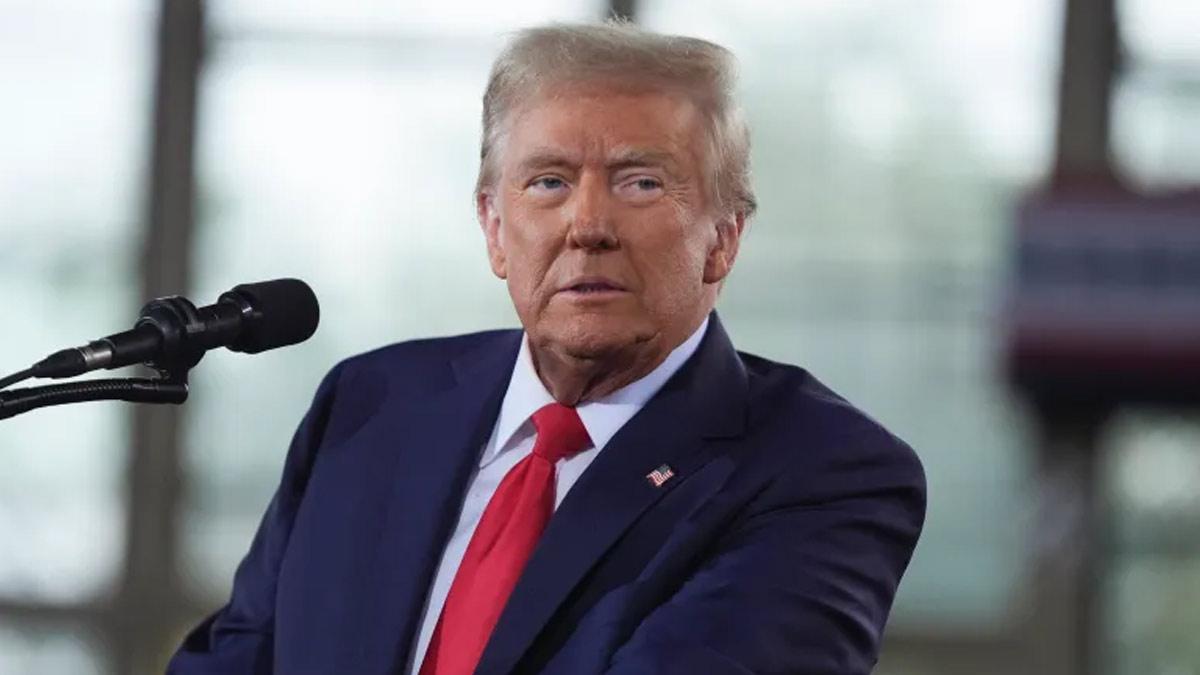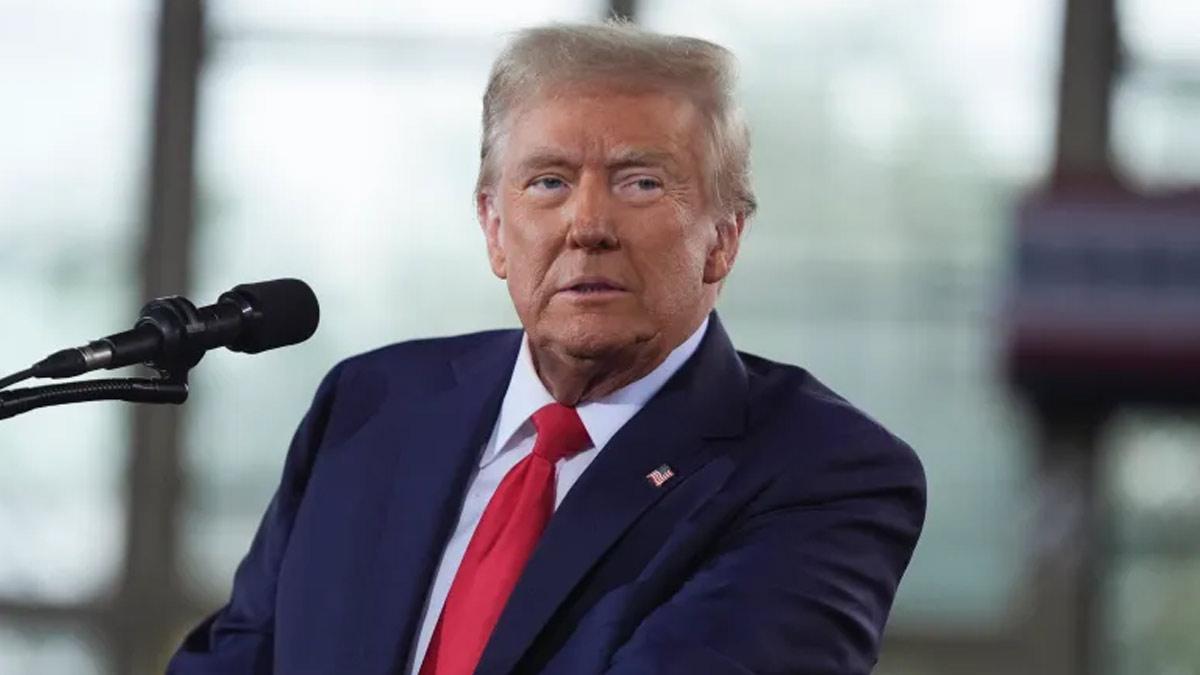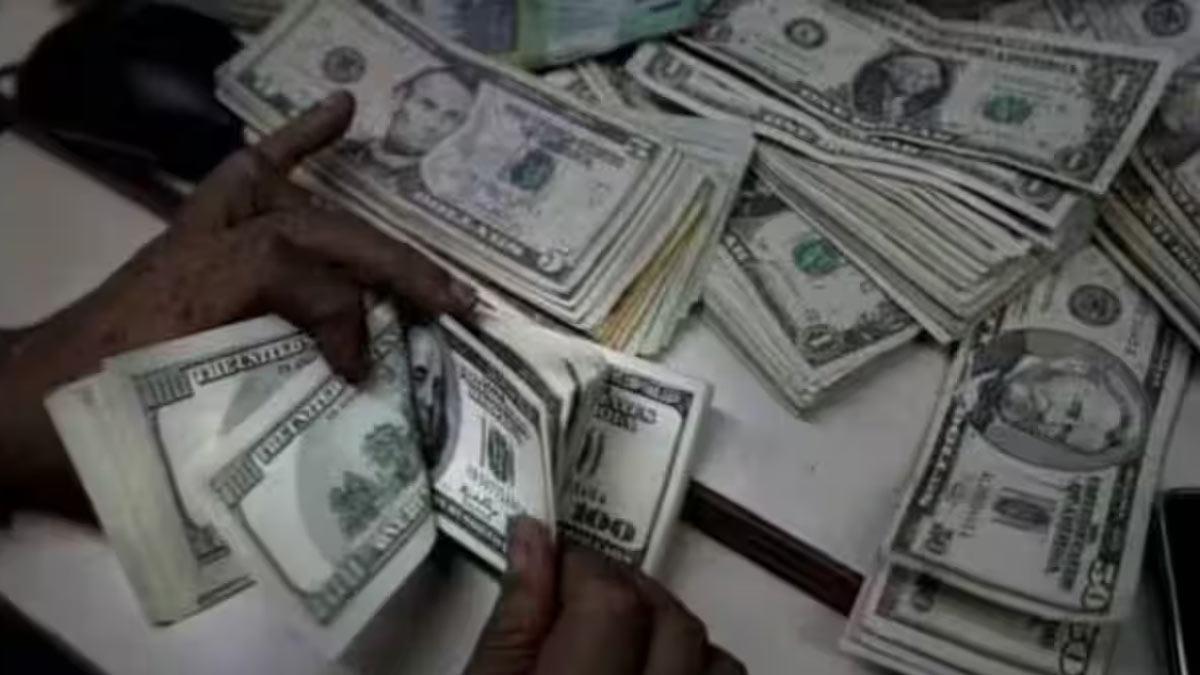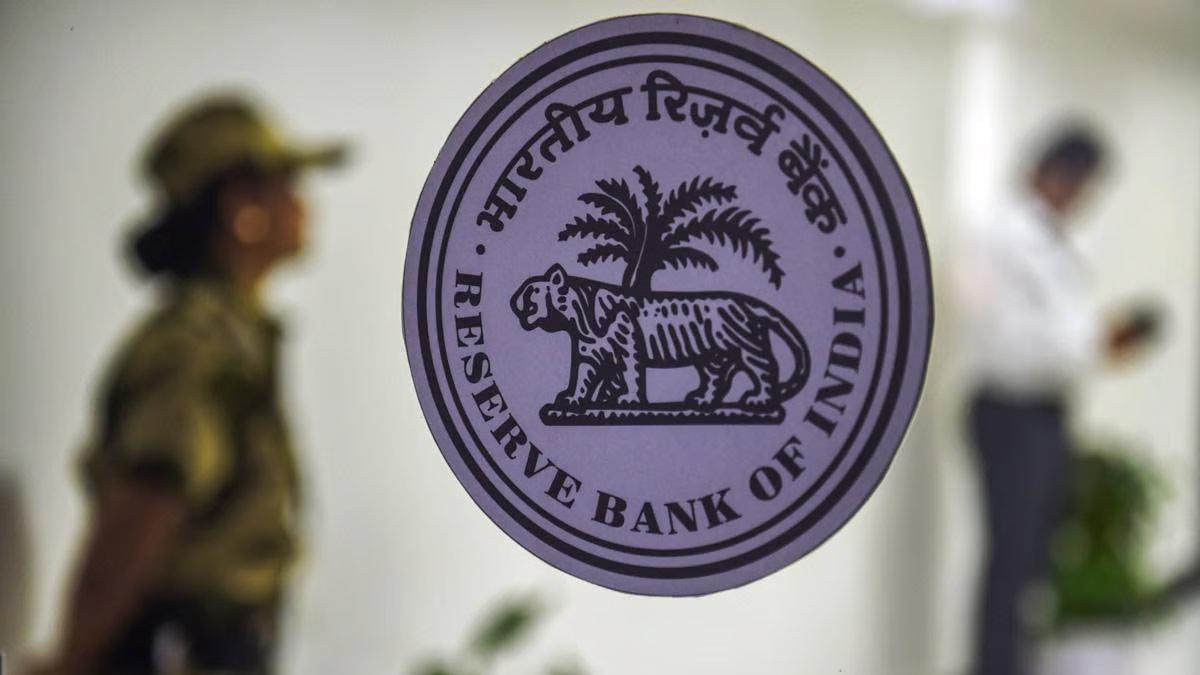American customs agents started imposing former President Donald Trump's expansive 10% tariff on a wide array of imports beginning Saturday, a sea change in U.S. trade policy. This first duty covers many countries with an even more forceful round of tariffs covering 57 key trading partners looming over the next few days.
The initial 10% tariff went into effect at 12:01 a.m. ET (0401 GMT) on all U.S. ports of entry, both seaports and airports, as well as customs centers. This represents an absolute departure by Trump from the post-WWII international system of negotiated tariffs, adopting instead a unilateral approach.
"This is the single biggest trade action of our lifetime,"
said Kelly Ann Shaw, a trade lawyer with Hogan Lovells and a previous White House trade adviser under Trump's first term.
Speaking Thursday at a Brookings Institution panel, Shaw forecasted that the policy would change as nations sit down to negotiate at the table to demand lower tariffs.
"But this is gigantic. This is a fairly seismic and dramatic change in the way that we trade with every nation on the planet,"
she added.
Trump's announcement on Wednesday instigated mass disturbance in global financial markets. The S&P 500 experienced its worst two-day decline in history, losing $5 trillion in market value by Friday's close. Commodity prices plunged, and investors flocked to safer assets such as government bonds.
The initial countries to experience the effects of the new tariff are Australia, the United Kingdom, Colombia, Argentina, Egypt, and Saudi Arabia. As per a U.S. Customs and Border Protection (CBP) notice, there is no across-the-board grace period for merchandise already in transit when the tariff went into effect.
But CBP has made one exception: shipments already on board planes or ships and in transit prior to the 12:01 a.m. Saturday deadline have been given a 51-day grace period. To escape the 10% tariff, these shipments need to arrive in the U.S. by 12:01 a.m. ET on May 27.
A second, more combative round of tariffs, from 11% to 50%, kicks in on Wednesday. In this phase, European Union items will be charged a 20% tariff, and Chinese imports will be charged a 34% rate, taking the total tariffs levied on China to 54%.
Vietnam, which before had gained from supply chain rerouting during Trump's previous trade wars with China, will have to pay a 46% tariff. Vietnam on Friday indicated that it would be willing to engage in negotiations with the Trump administration to maybe mitigate the effect.
Canada and Mexico are the notable exceptions to this new wave of tariffs. Both nations are subject to an existing 25% tariff rate that is related to U.S. attempts to combat the fentanyl crisis, namely on products that do not pass USMCA rules of origin.
Goods already impacted by other individual national security tariffs—such as steel and aluminum, automobiles, and automotive parts—will be spared by these new tariffs.
The government also published a list of more than 1,000 categories of exempt goods worth $645 billion in 2024 import value. Goods that are exempted include crude oil, energy products, drugs, uranium, titanium, timber, semiconductors, and copper. Although energy imports are left untouched, the government is still reviewing some of the other exempt sectors for future tariffs based on national security.
Read also| LIC Refutes USTR Claims, Asserts No Special Treatment from Government or Regulators
Read also| India Ranks 2nd in Global Unicorn Creation, Total Valuation Exceeds $220 Billion


















